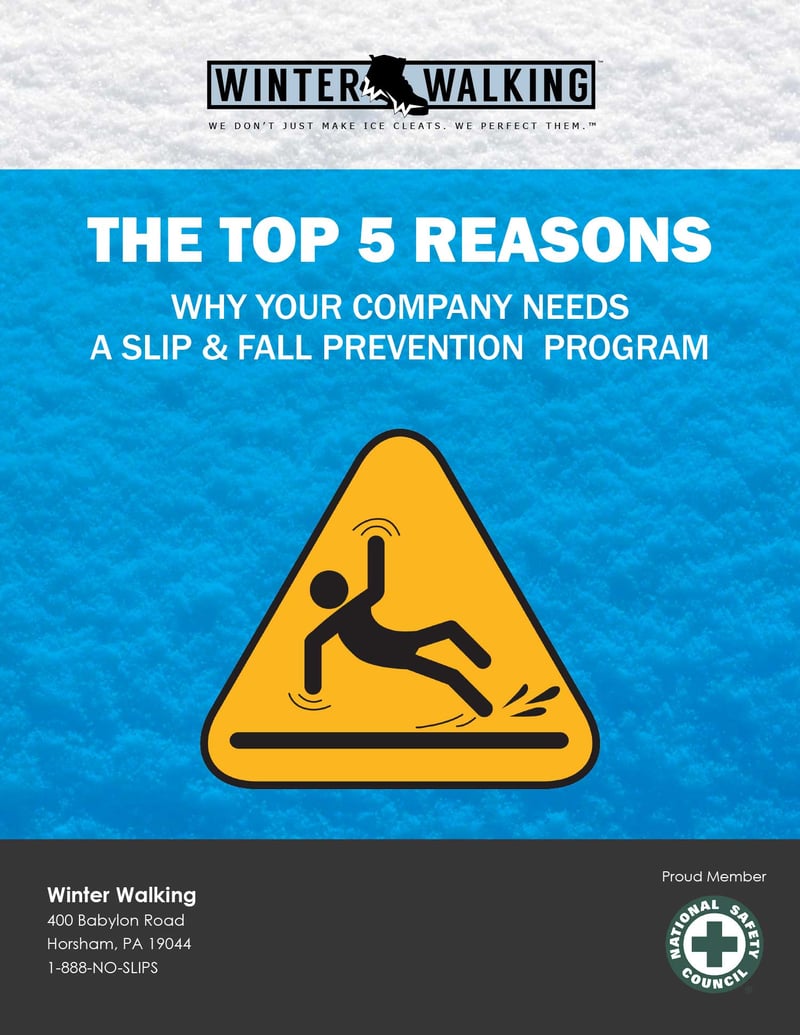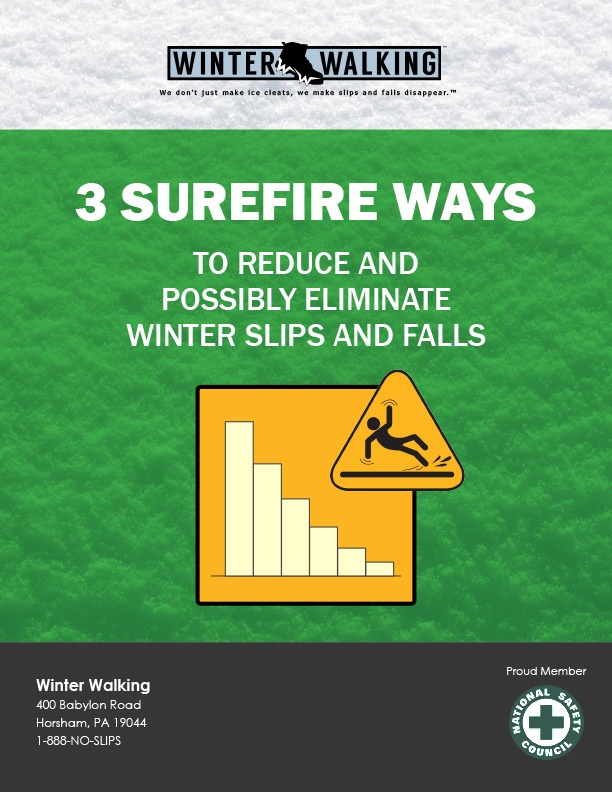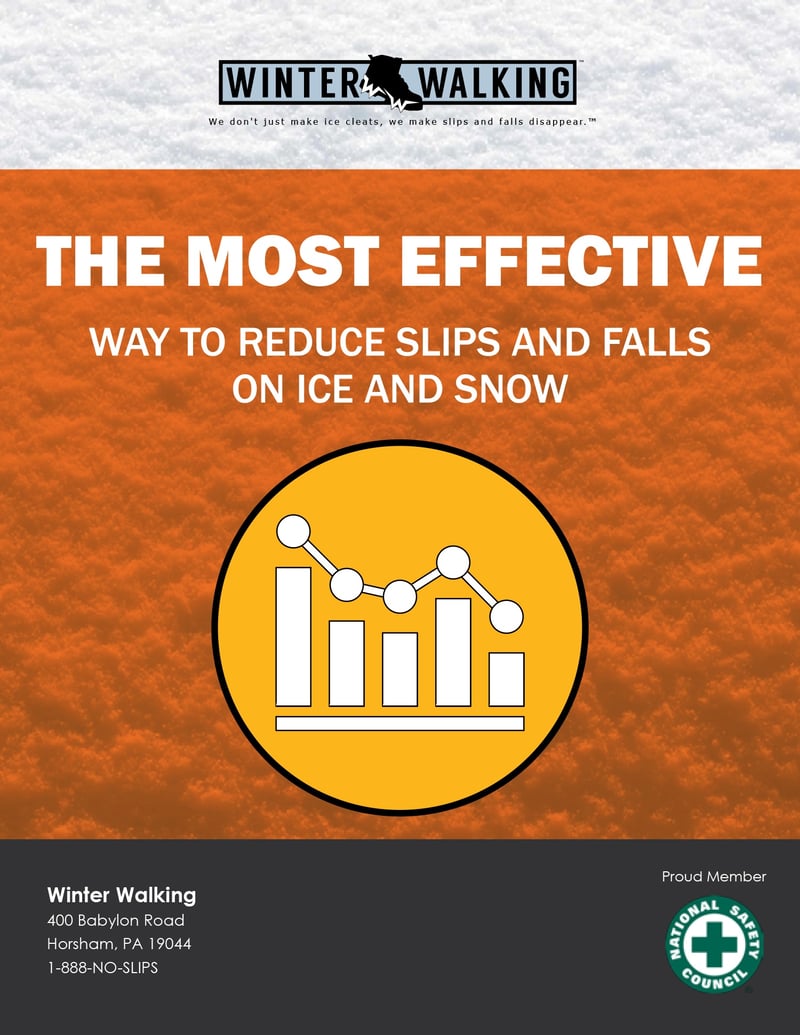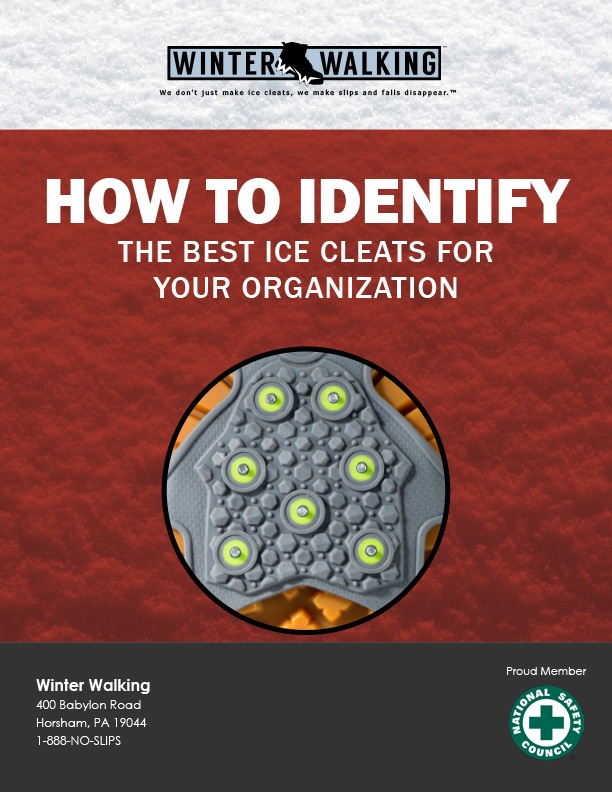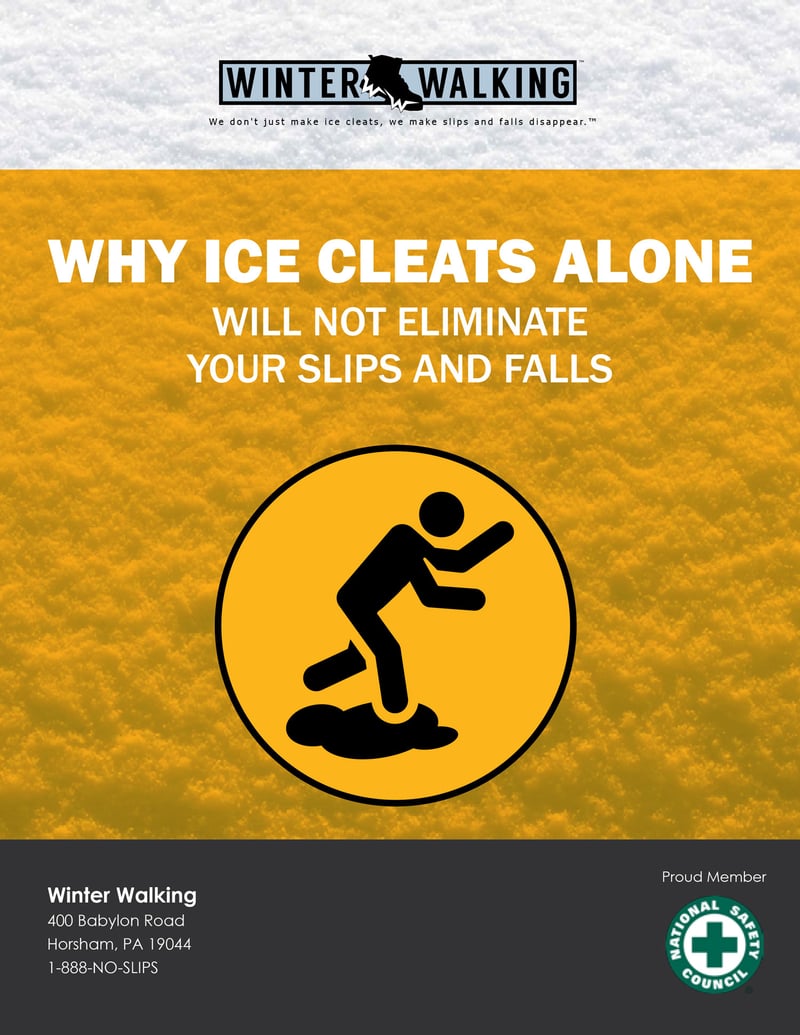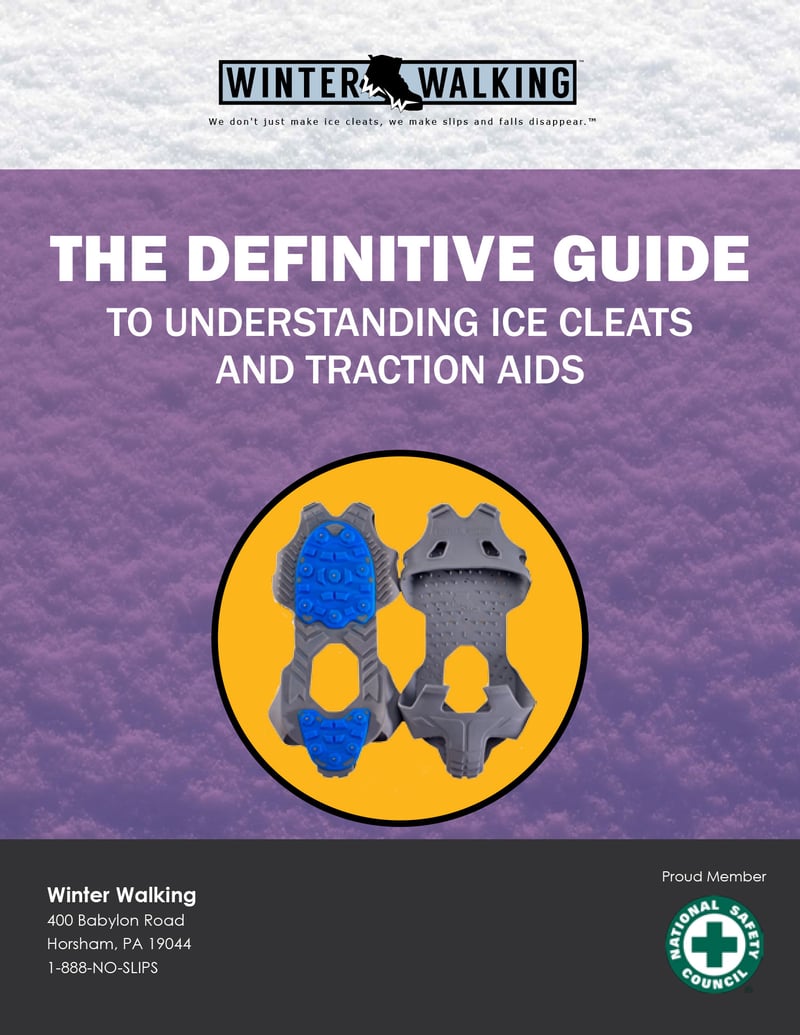 Recently, I had a conversation with a safety director from a large company that has operations all over the globe. He was telling me about how they used to have a lot of slip and falls due to ice and snow.
Recently, I had a conversation with a safety director from a large company that has operations all over the globe. He was telling me about how they used to have a lot of slip and falls due to ice and snow.
They investigated ways to reduce winter slip and fall accidents and concluded it was time to invest in ice cleats. He went on to describe how they did all their research, testing, due diligence, etc. and ended up buying what they believed was the best ice cleat at the time. (Disclaimer: This isn’t an ice cleat my company manufactures.)
I asked if they still have slip and fall incidents in ice and snow, and he reluctantly admitted they did. He immediately followed up with, “But we’ve had good success while using this brand. Why should I switch to yours?”
I was prepared to answer, because I get this question all the time.
So, I started with one simple question: If you or your employees transition outside from ice and snow to a clean, indoor surface (concrete, tile, etc.), is your current ice cleat safe to wear indoors without being removed?
He said no.
This safety director described how employees are told the ice cleats need to be removed before entering buildings. I asked if they’ve ever had any issues with employees either forgetting or refusing to take the current ice cleats off before walking indoors. Again, he reluctantly admitted, yes, they have.
I asked another question: Wouldn’t you like to find something that can be safely worn both outdoors and indoors without having to be removed? Of course he would! Employees would stop complaining about their ice cleats and we would further reduce, if not completely eliminate, all of our winter slip and fall incidents.
So now I’ll ask you one final question: If your company is using ice cleats or some other form of traction aids and they are slippery indoors - or have to be removed constantly - maybe it’s time to reconsider your options?
Thank you for reading. If you found value in this post, please share it with your LinkedIn network or simply “like” it.
Bill Coyne is the VP of Sales for Winter Walking. He has been helping organizations across a wide variety of business sectors eliminate workplace slips and falls incidents in ice and snow for over 15 years. Email Bill bill@winterwalking.com or visit www.winterwalking.com for additional helpful information and resources.


